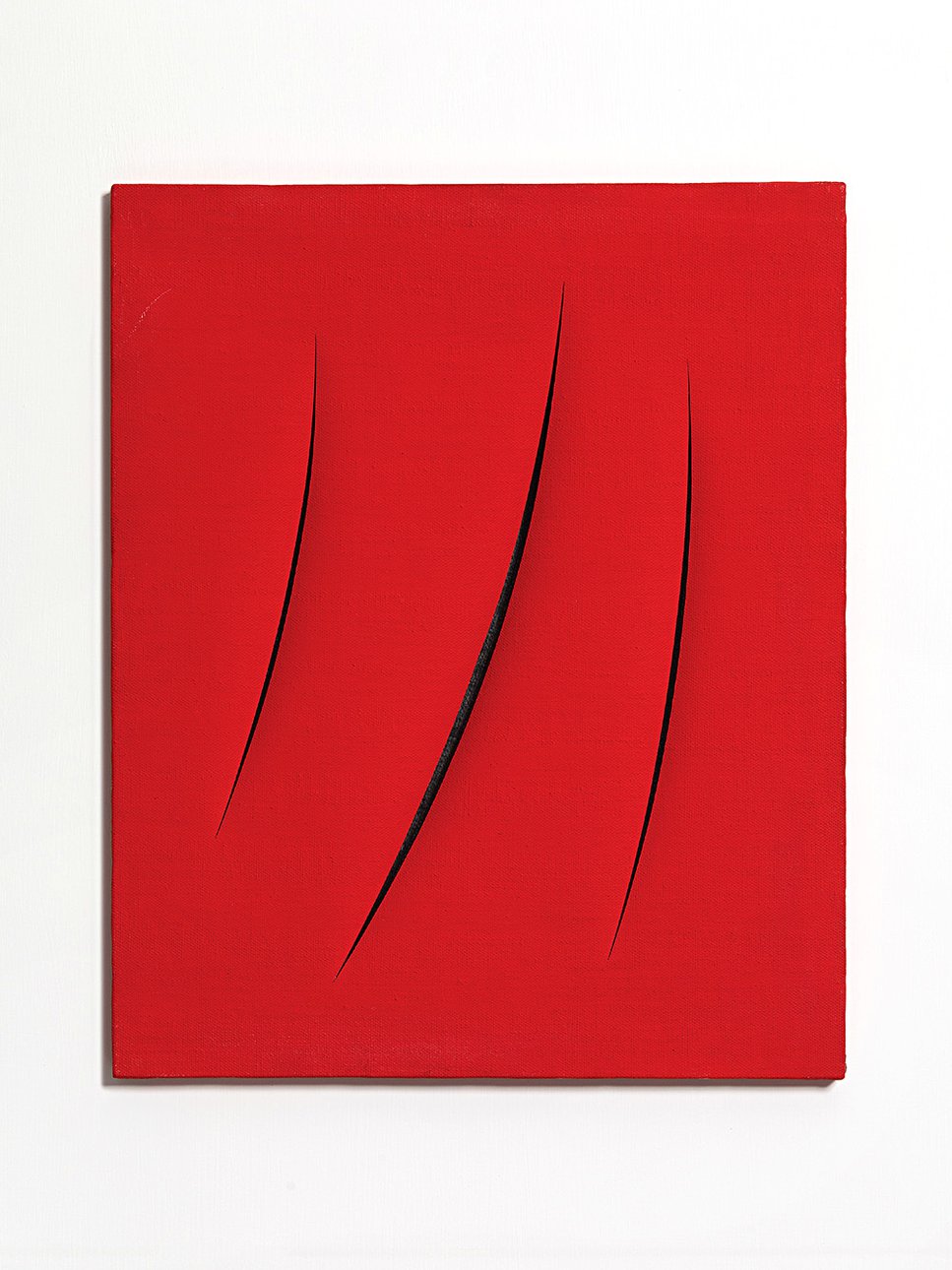
Red, with one cut, from the famous "Spatial concept" series. By my calculations, can cost about a million dollars. But what does it do between the stove and the refrigerator?
⁃ Surprised? Geraldine smiles slyly, following my gaze.
⁃ Yep, I answer.
⁃ This is not a real Fontana. A few years ago, I helped find a man who made knockoffs of Fontana and sold them through auctions. The fakes were very good and it was impossible to unravel the fraud right away, but in the end, justice prevailed, and the fraudster went to jail.

As a memory of this adventure, Geraldine keeps a fake Fontana in the kitchen. I turned the painting over in my hands: the cut, covered with black fabric at the back, the color, everything is in place. To distinguish a fake from a real Fontana can either Fontana specialists, whose brain sees millimeters of error, or a paint analysis together with canvas and chemical examination. As a rule, both things happen, but even here the secondary market brings surprises. Auction houses, even of the highest rank, often also cannot guarantee the authenticity of the painting.
⁃ Marina, can you imagine, they call me and simply ask for provenance, they don’t even want to look at the documents that I've sent. I say 'How? You don't want to check?' And as a response, I hear: 'We've been working with you for a long time, just tell me and that's it. Of course, lots for evening auctions are checked by specialists, but for daytime auctions - not a fact, as a very large flow of works passes through them,' - Laurynas tells me.
⁃ And what to do?
⁃ They don't take sellers from outside. It's a must that someone knows you. Often, this is the main guarantee. Reputation is more important than money here.
The blue-chip market in art is a closed community market where not everyone is taken to sell, but also to buy. It operates as an elite club in the art world, where you need to get into it: not only with money but also through personal connections, recommendations, and the environment around you. Friendship with a gallery owner, for example, or a curator. So those who are outside of "this club" seem …